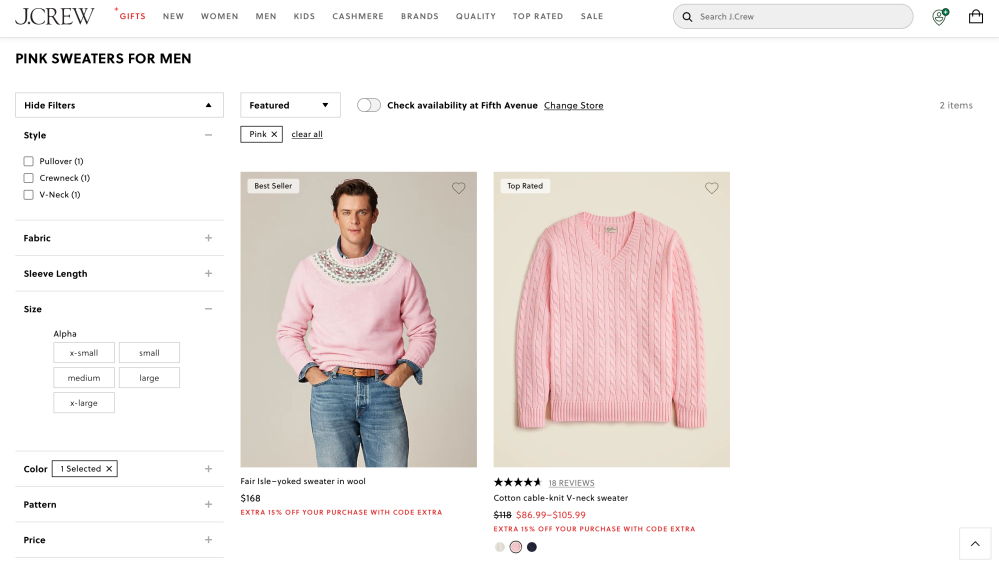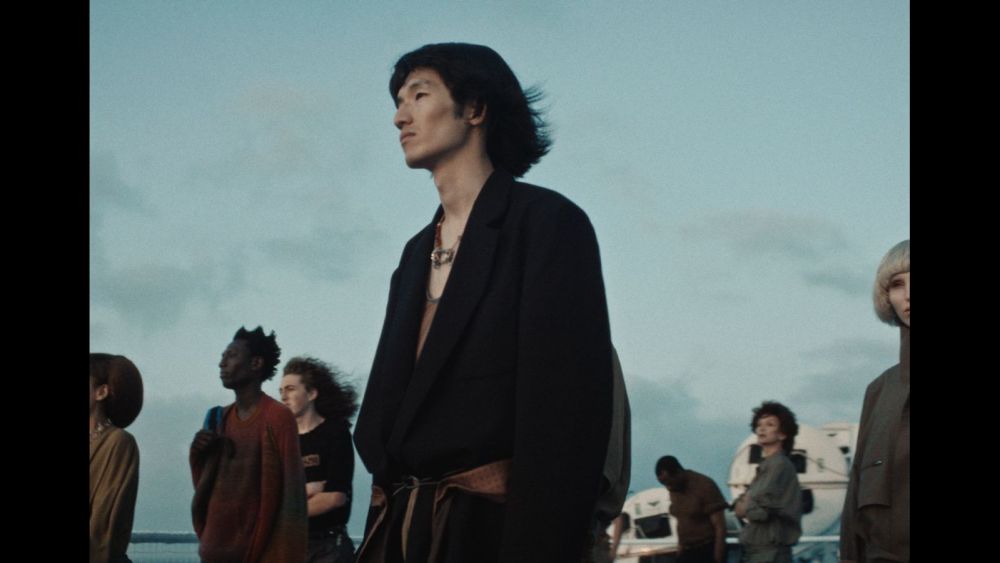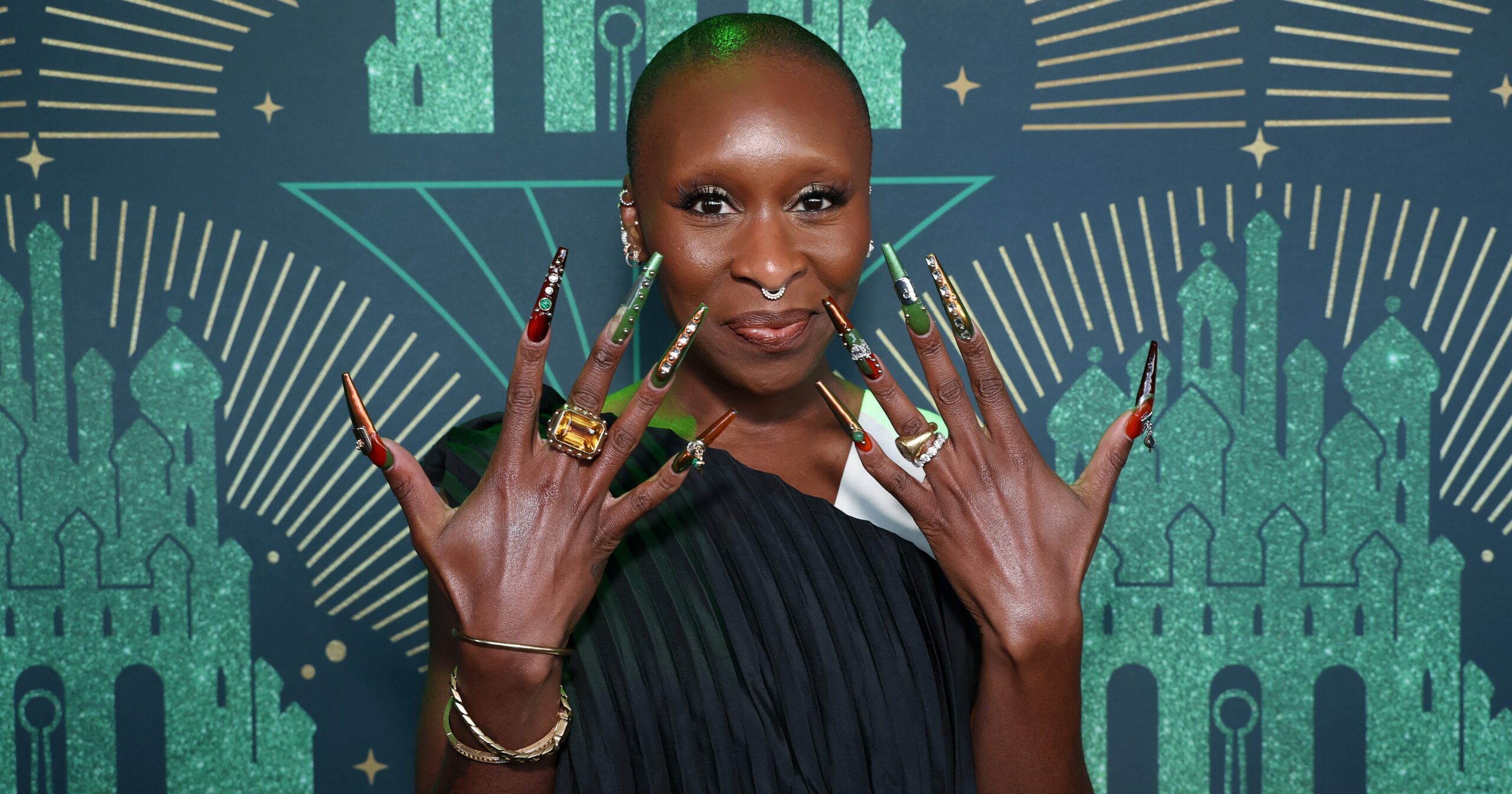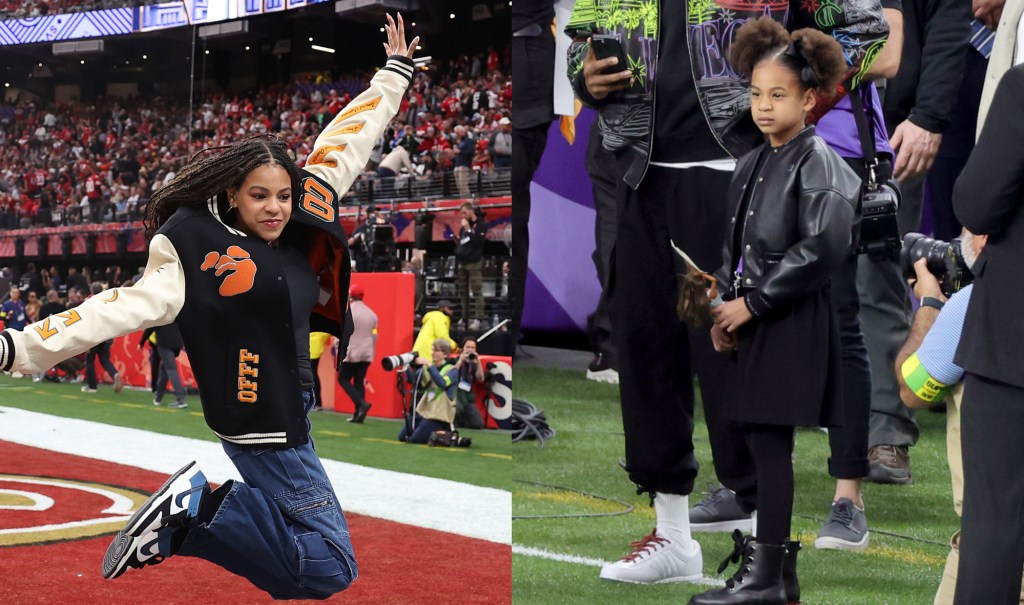While a men’s pink “Fair Isle” J.Crew sweater continues to spark an online debate, the company has yet to weigh in about the controversy publicly.
Some social media pundits questioned the style and suggested it feminizes men. The controversy reportedly started after Juanita Broaddrick posted about it on “X.” Her post has generated more than 500,000 views. Broaddrick, a retired registered nurse accused Bill Clinton of sexual assault in 1999. She could not be reached for comment Thursday.
Media requests to a J.Crew spokesperson about the online response and the impact on site traffic and sales were unreturned Thursday. In addition, media requests to J.Crew’s men’s creative director Brendon Babenzien and the brand’s outside public relations team were unreturned Thursday. The $168 wool yoked sweater was available on the company’s site with a 15 percent discount.
This is the second time in recent months that J.Crew’s imagery has caused a stir. In September, the brand came under fire for J.Crew images that looked like real photos, but they were AI-generated. J. Crew later added a caption that the “digital imagery” was by Sam Finn. Yoni Ben Yosef, a representative for the London-based AI photographer Finn, said that Finn was unavailable to comment about the response to J. Crew’s online pink sweater. After this article posted, his representative said that Finn did not work on the pink sweater image. Finn said he did not even know about the issue Thursday.
Fair Isle knitting originated on the remote island of Fair Isle, which lies between the Orkney and Shetland Islands to the north of Scotland in the U.K. Genuine Fair Isle knitwear, which is made of Shetland wool with no more than two colors in any one row, has a star motif for authenticity. But fair-isle has become a generic term to describe multicolored knitwear. However, it isn’t the geometric patterns that have kicked up the debate — it’s the color pink.
While there is a very popular stereotype that pink is a feminine color, Valerie Steele, director and chief curator of the Museum at FIT, said, “Historically, that is not the case. Colors don’t have any intrinsic meaning like that — it’s always culturally constructed.”
Up until the 1920s, American department stores debated whether pink was for boys or girls, and whether blue was girls or boys, she said. “It was a marketing technique to sell more baby clothes. They couldn’t figure out which was which. On the one hand, there was “Little Boy Blue, come blow your horn,” but also there was blue for the Virgin Mary. And pink is a diminutive of red so soldiers wear red, and pink seemed more active and masculine than feminine.”
The tipping point was Henry Huntington’s purchases of two 18th century portraits of two children — Thomas Gainsborough’s “The Blue Boy” painting and Thomas Lawrence’s “Pinkie” painting, Steele said. “What’s more interesting is this instance on a very rigid set of rules, where men are supposed to stay away from anything remotely associated with femininity.”
Not really surprised by the online response to the J.Crew sweater, she said, “A lot of people still have a knee-jerk reaction to girls wear this and boys wear that.”
Advertising critic Jean Kilbourne noted how Gap, Vineyard Vines, Untuckit and other brands also sell pink sweaters. She said, “A man would have to have an incredibly fragile sense of his masculine identity if he would be threatened by wearing pink. I understand that this is a MAGA thing and there is some sort of an uproar about this on social media. A lot of what’s going on now with men’s identity and all of that somewhat presupposes that it’s very fragile and can be threatened from so many different things.”
From her standpoint, for those who will be upset by the J.Crew ad, there will be an equal number on the other side who will think, ’This is ridiculous.’”
Kilboune, who is most known for the documentary about stereotypes in advertising, “Killing Us Softly,” said, “And if anything, that would make people buy more of it.”
Marketing consultant Katie Martell speculated that the “X”-based “outrage” signals “more of a temporary online distraction within a bubble of the internet, and not a critical brand risk” within J.Crew’s key market.
To some degree, J.Crew experienced a pink-fused right-wing issue in 2011, after the company’s then creative director Jenna Lyons posted an image of her painting her young son’s toenails pink, after he watched her do hers and wanted the same. Fox News claimed that Lyons was influencing her son to be “gay.” As for what Lyons thinks of J.Crew’s latest flare-up, she declined to comment Thursday through a Studio Beauty spokesperson.
Noting how beauty entrepreneur Mary Kay, famed editor Diane Vreeland, breast cancer awareness activist Evelyn Lauder and “Barbie” actress Margot Robbie have used pink in advantageous ways, the Brooklyn Museum’s senior curator of fashion and material culture Matthew Yokobosky said pink is flattering for women and men. He said, “You can say it’s feminine, but at another turn it could easily be masculine. It moves between decades and cultures, always gathering new meanings. What some see as provocative others experience as completely every day. Pink has the power of re-invention.”



